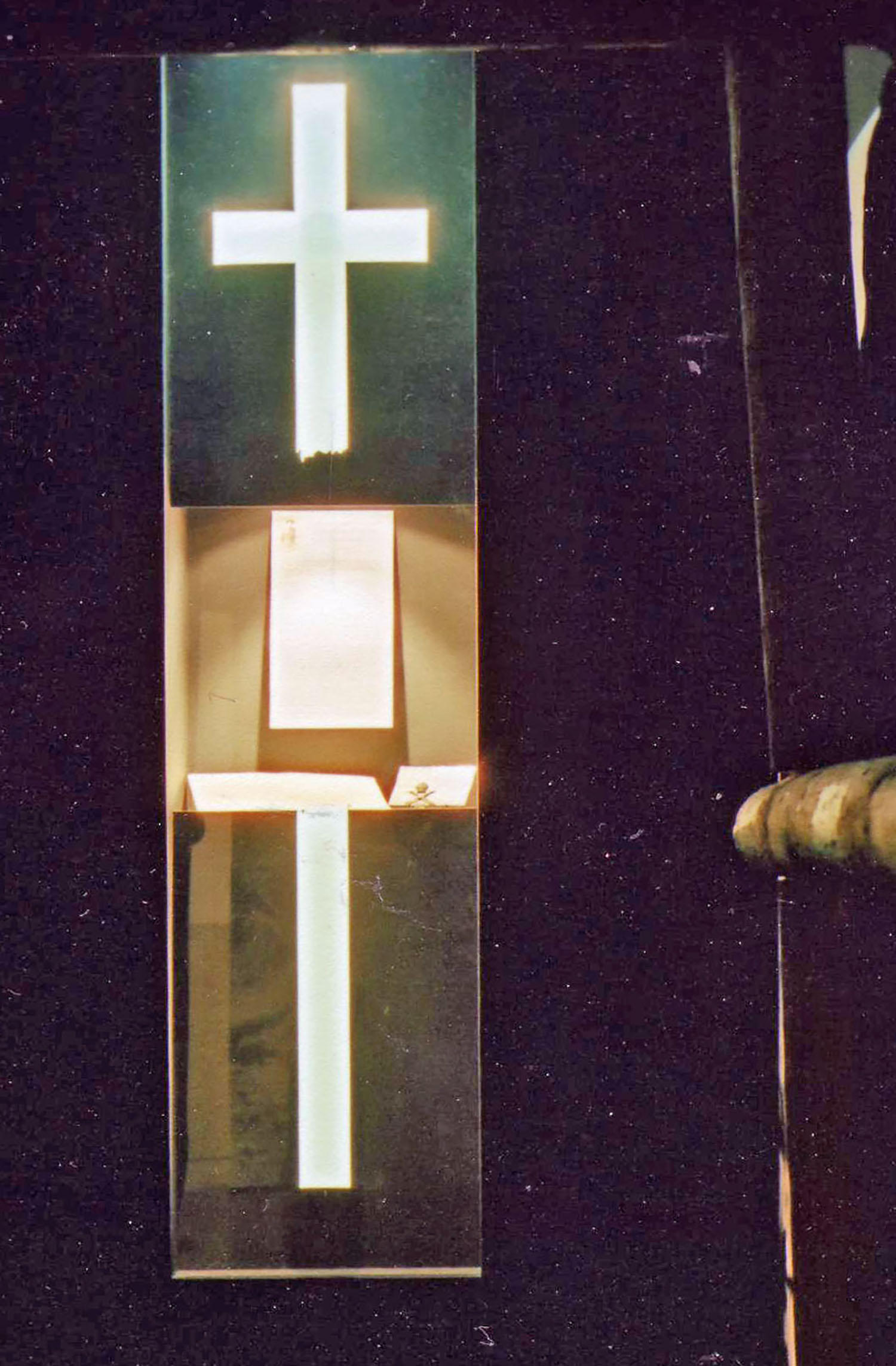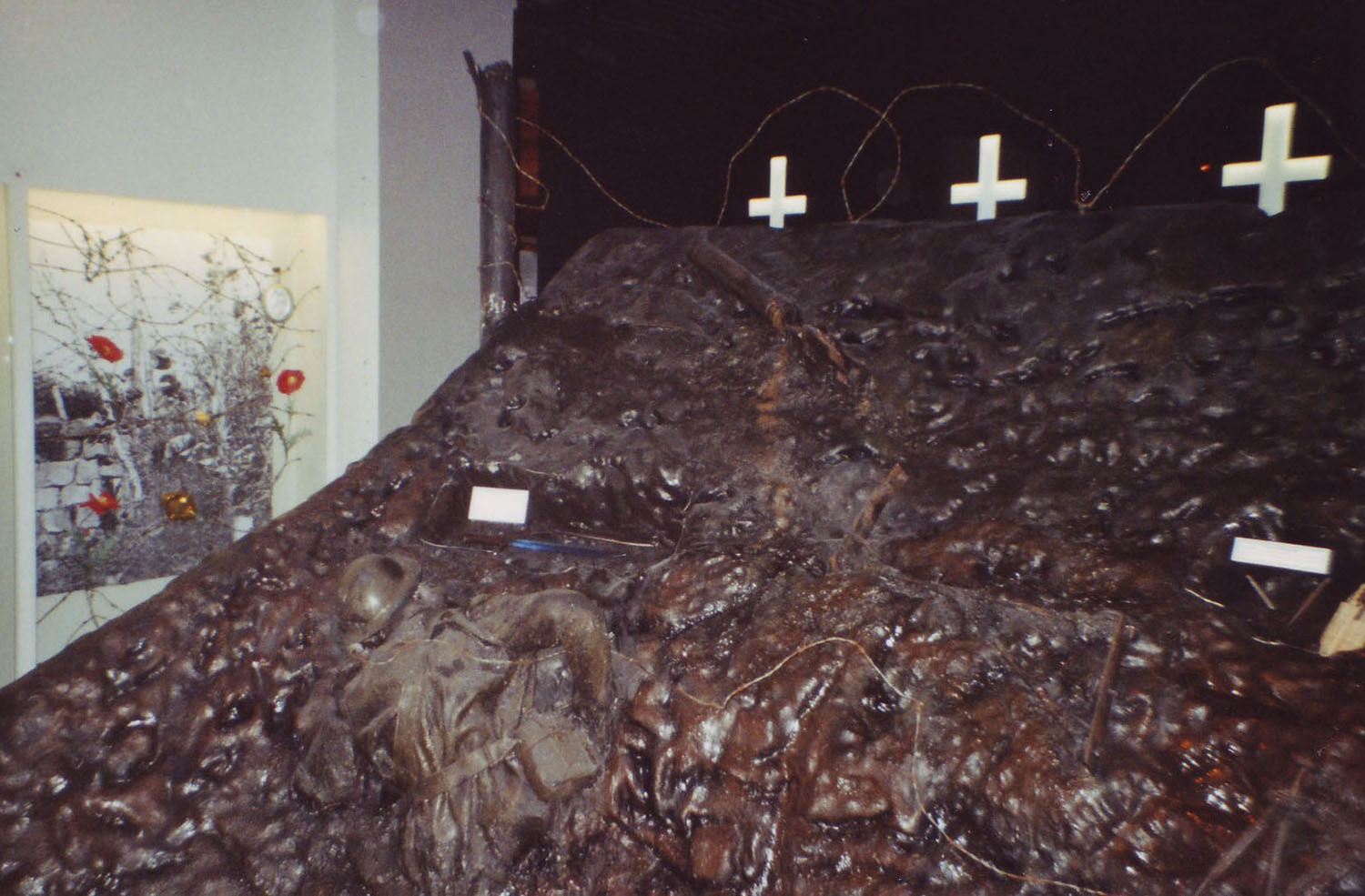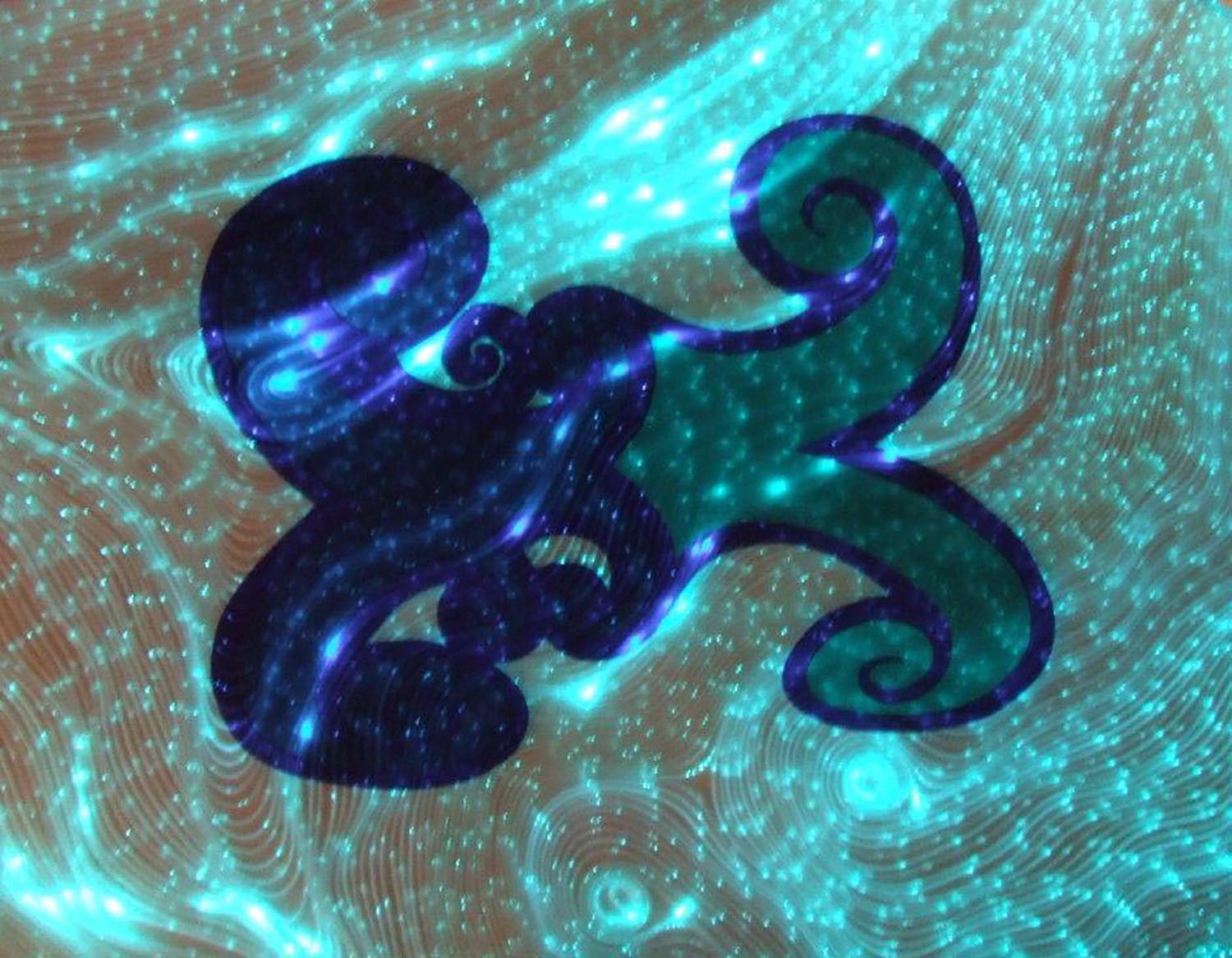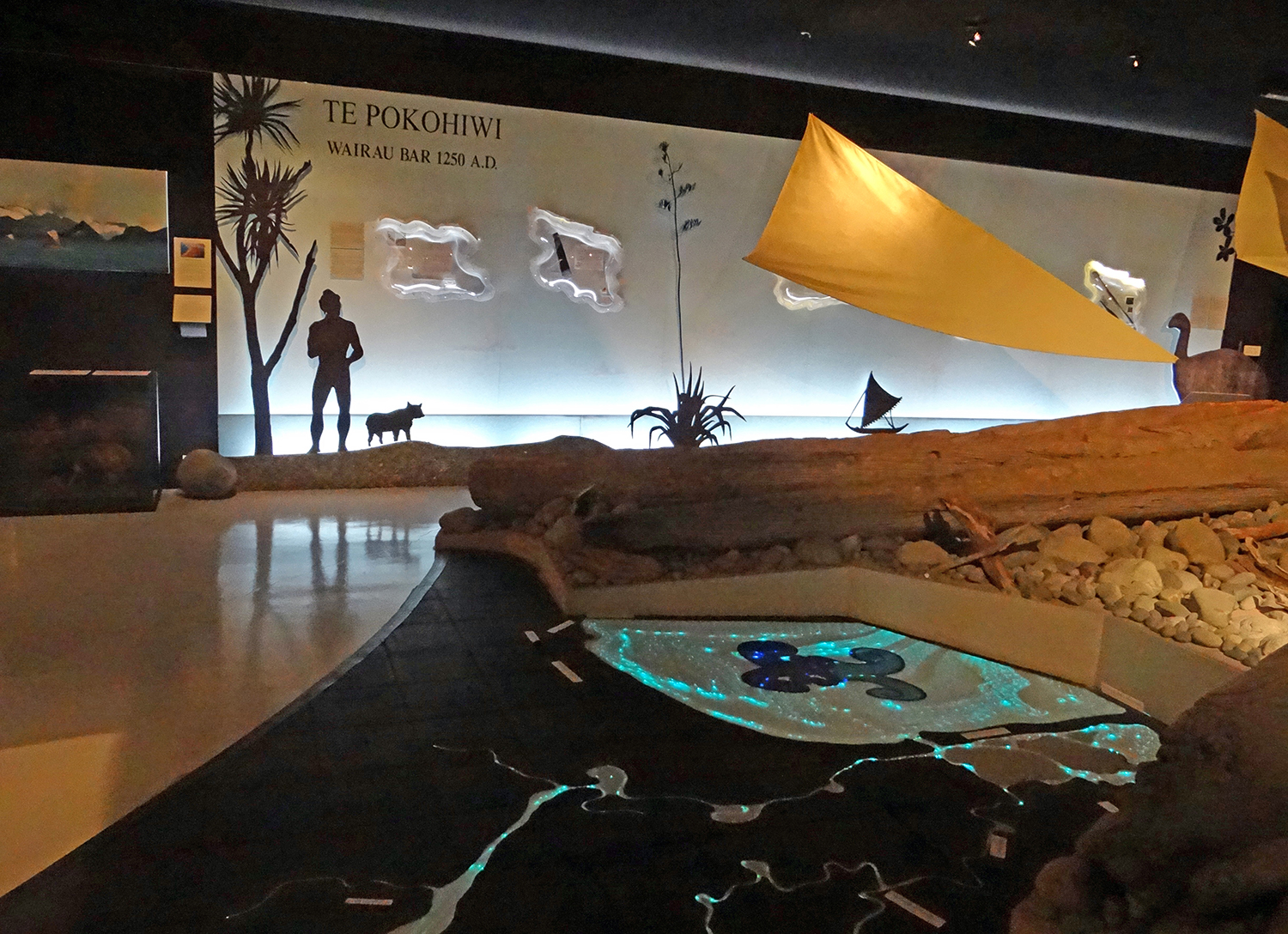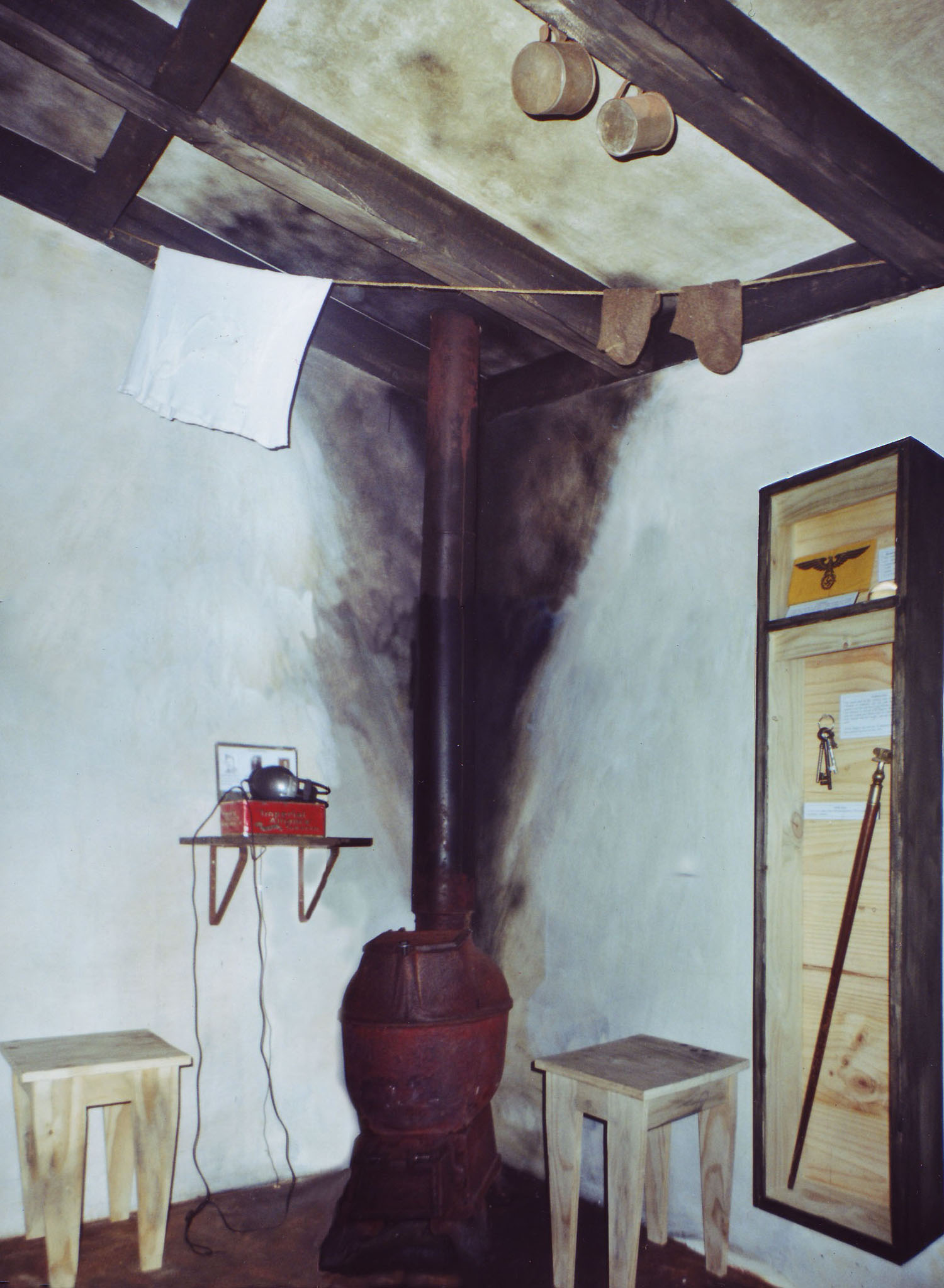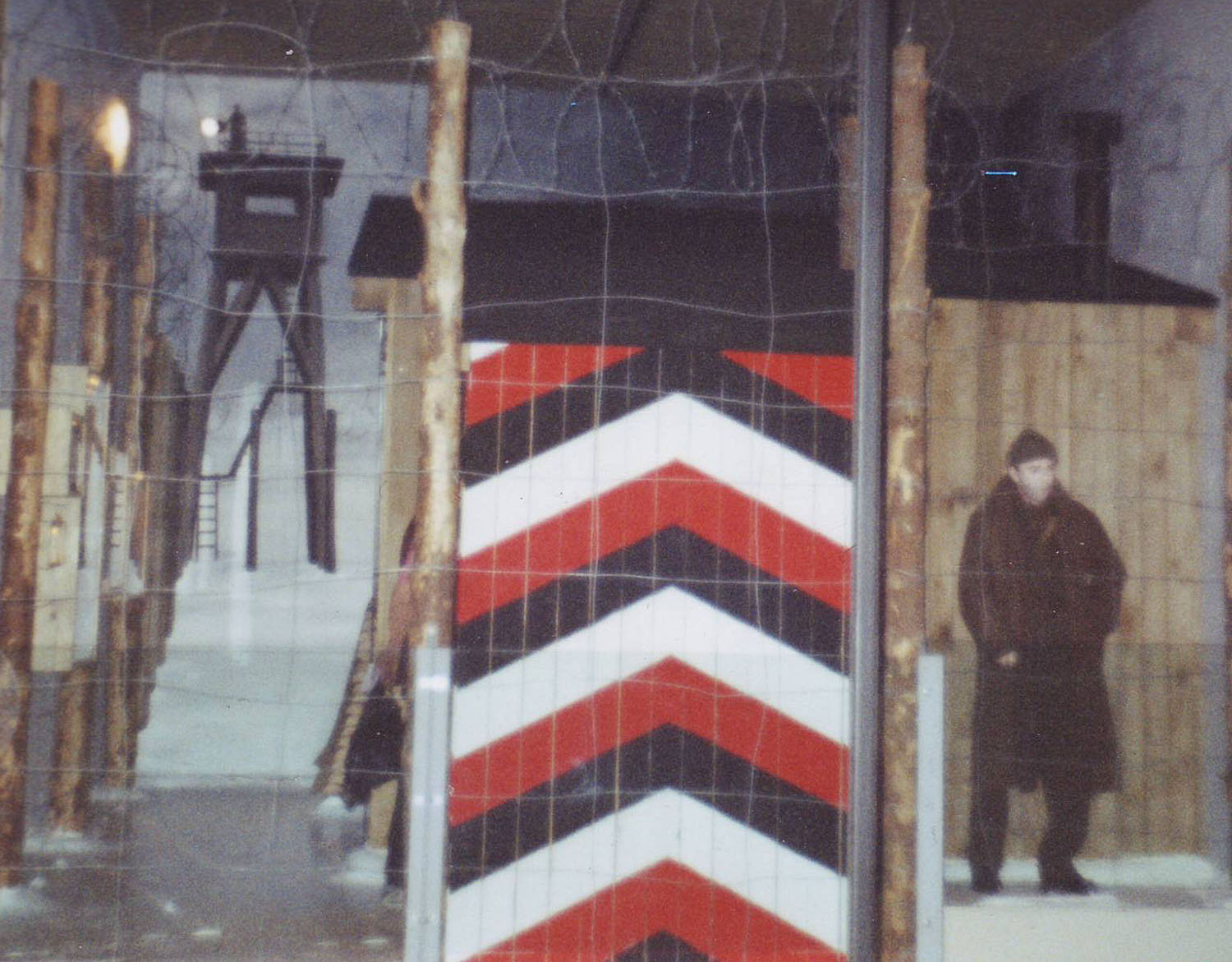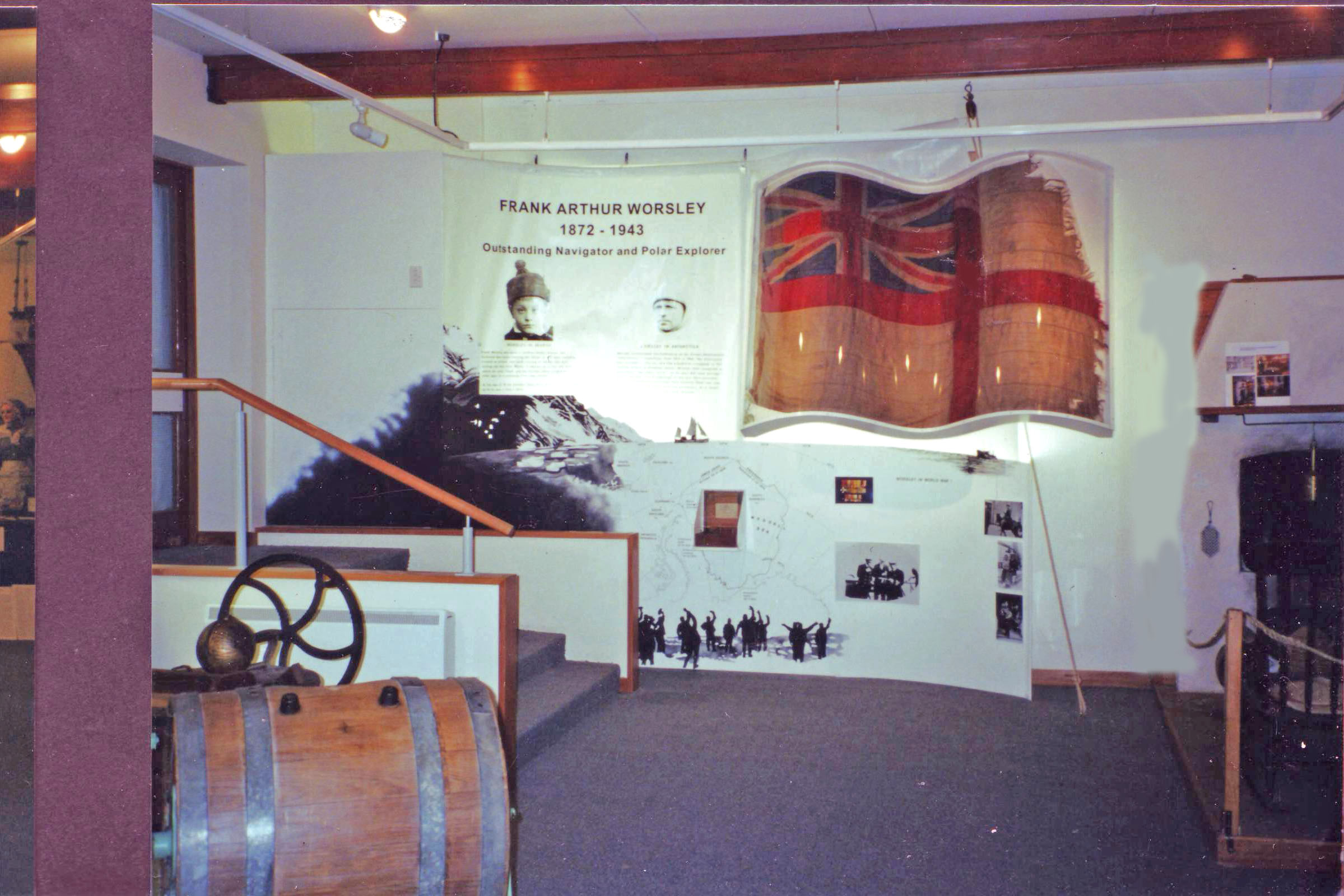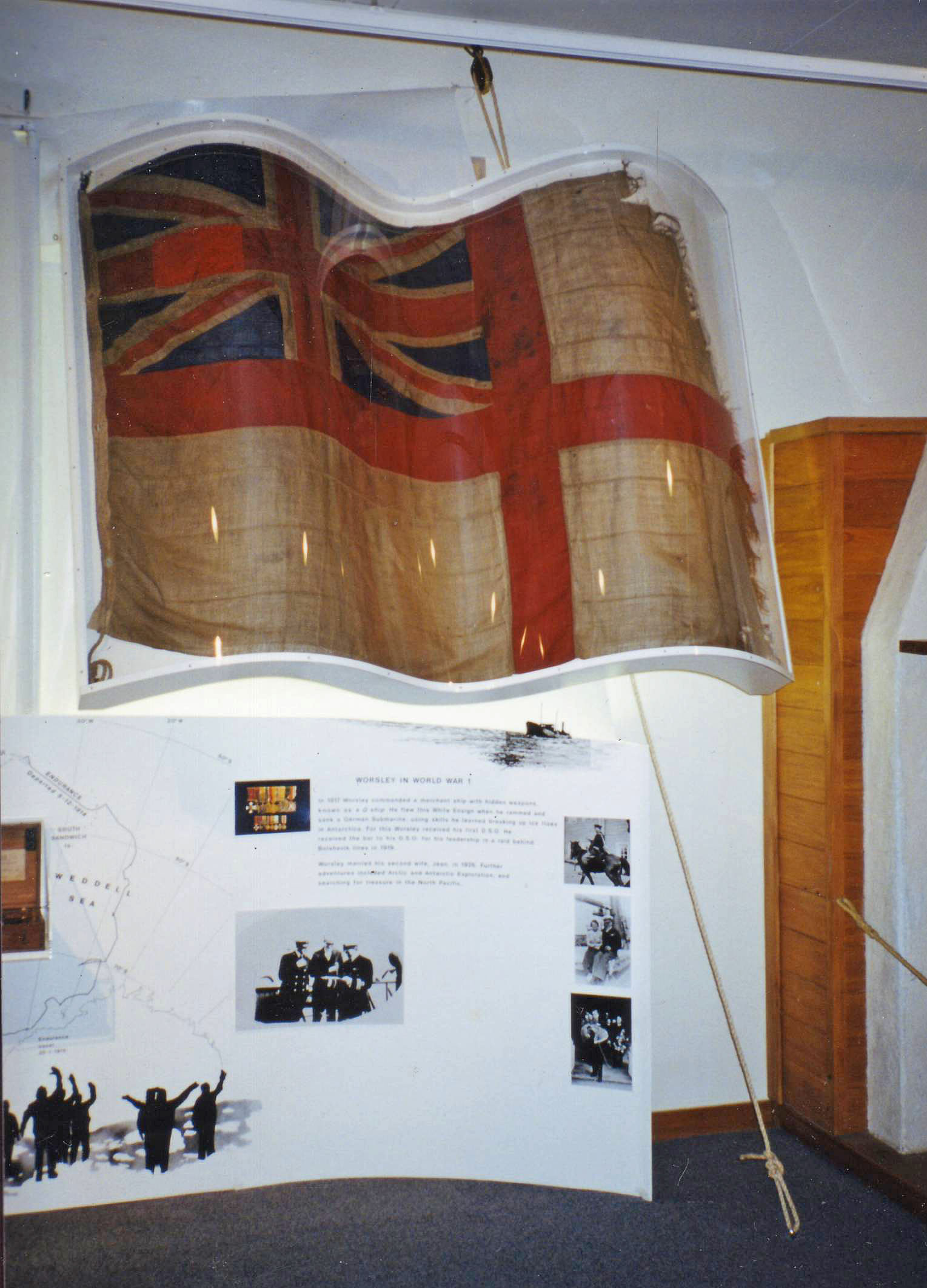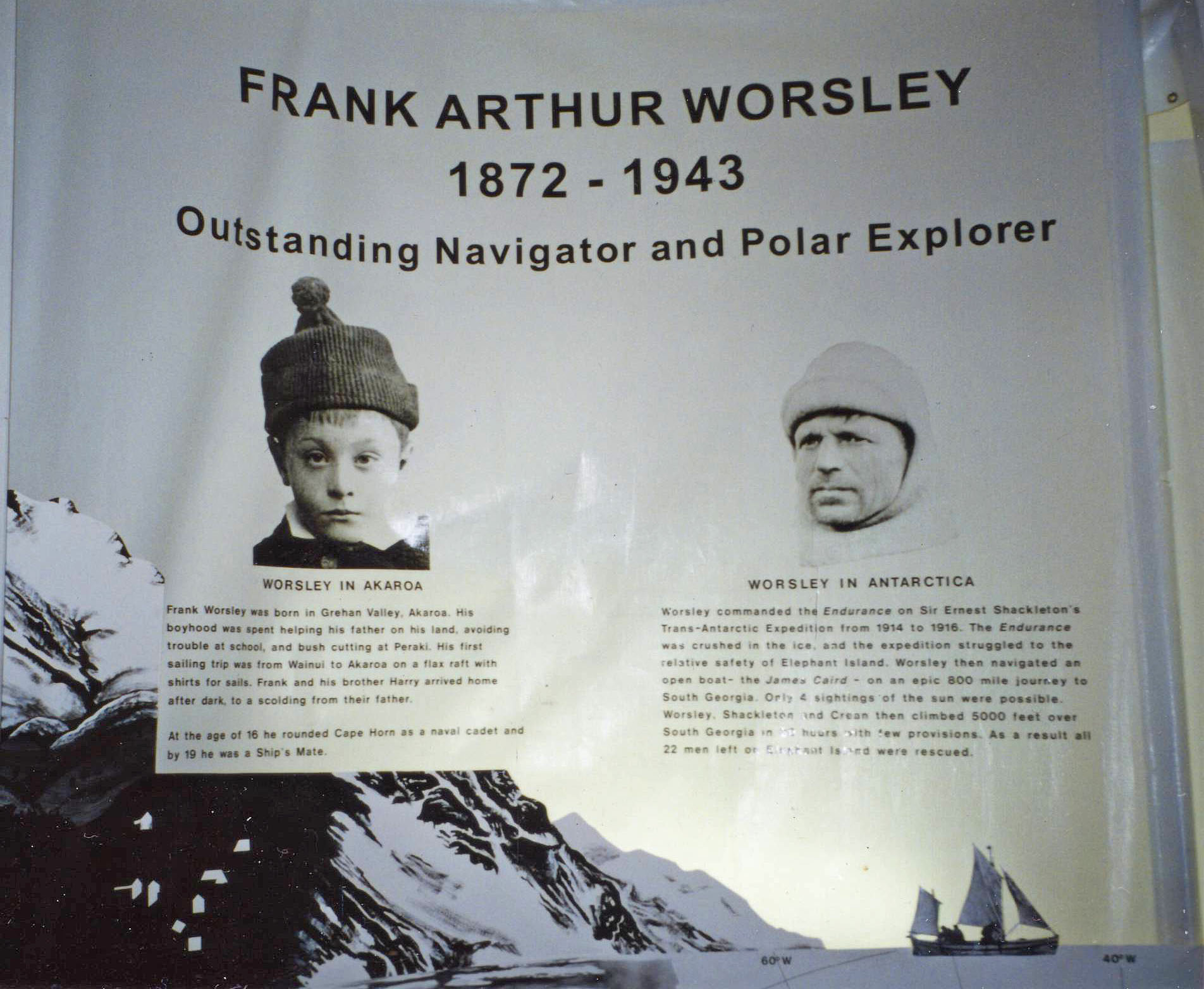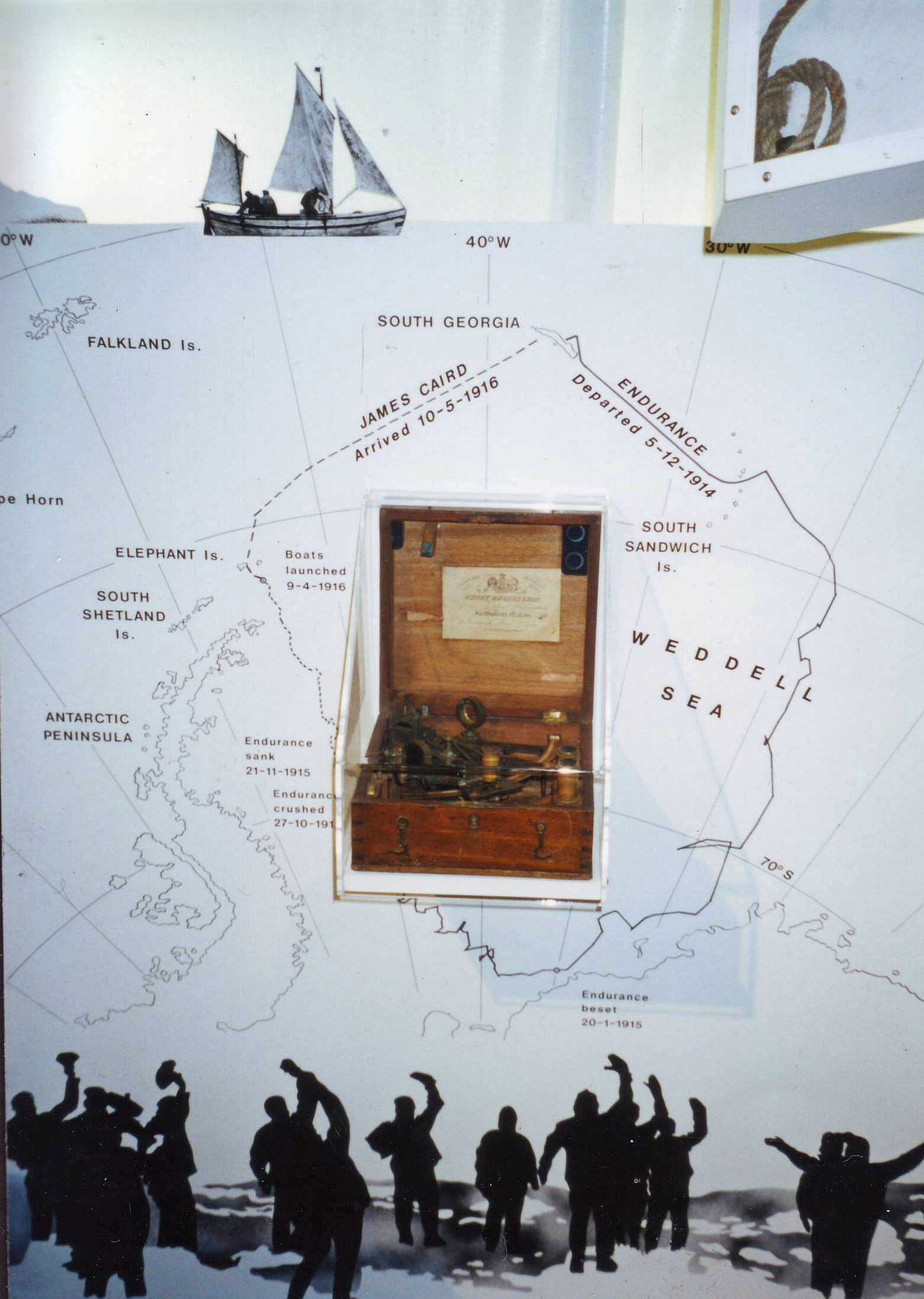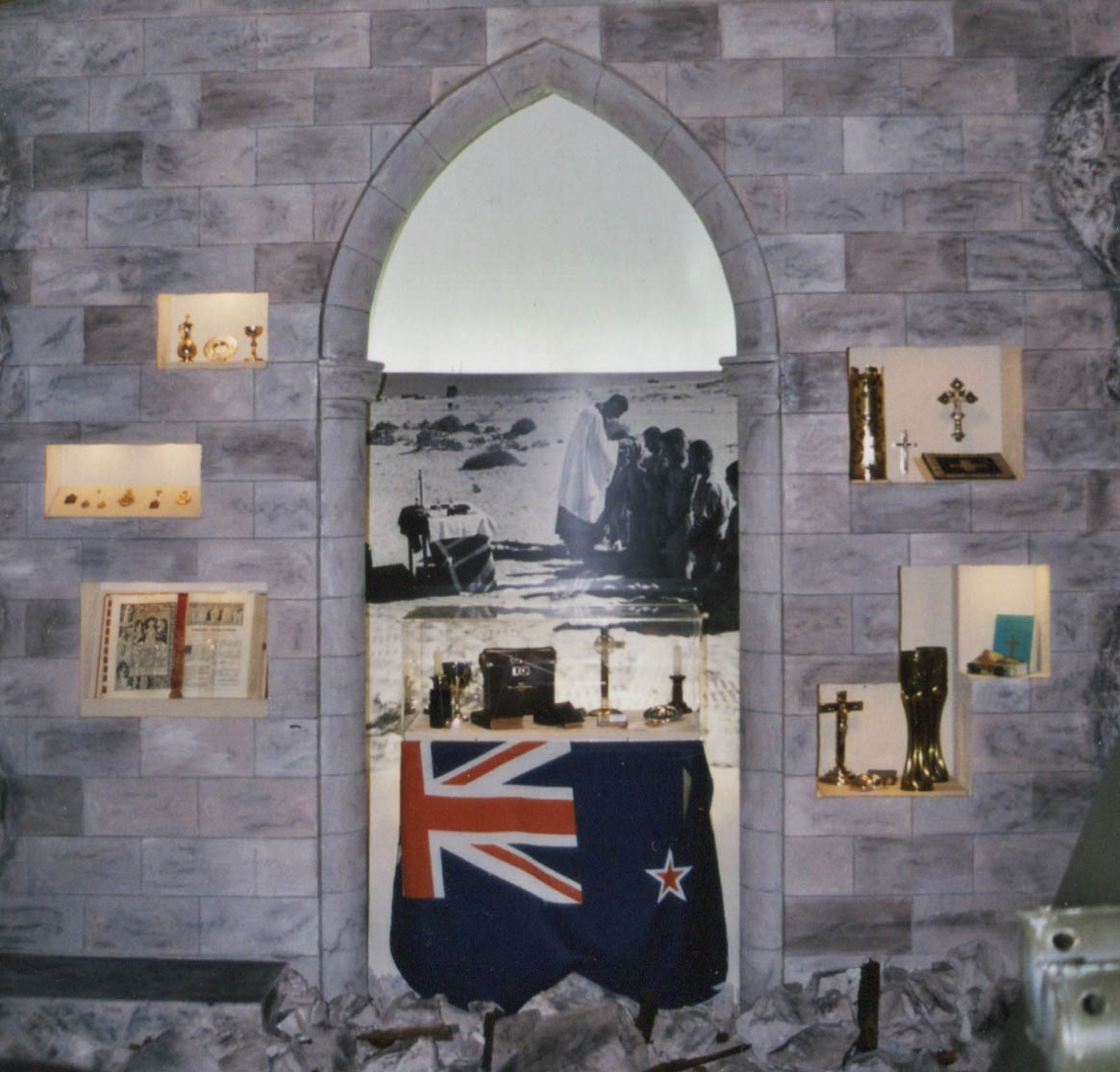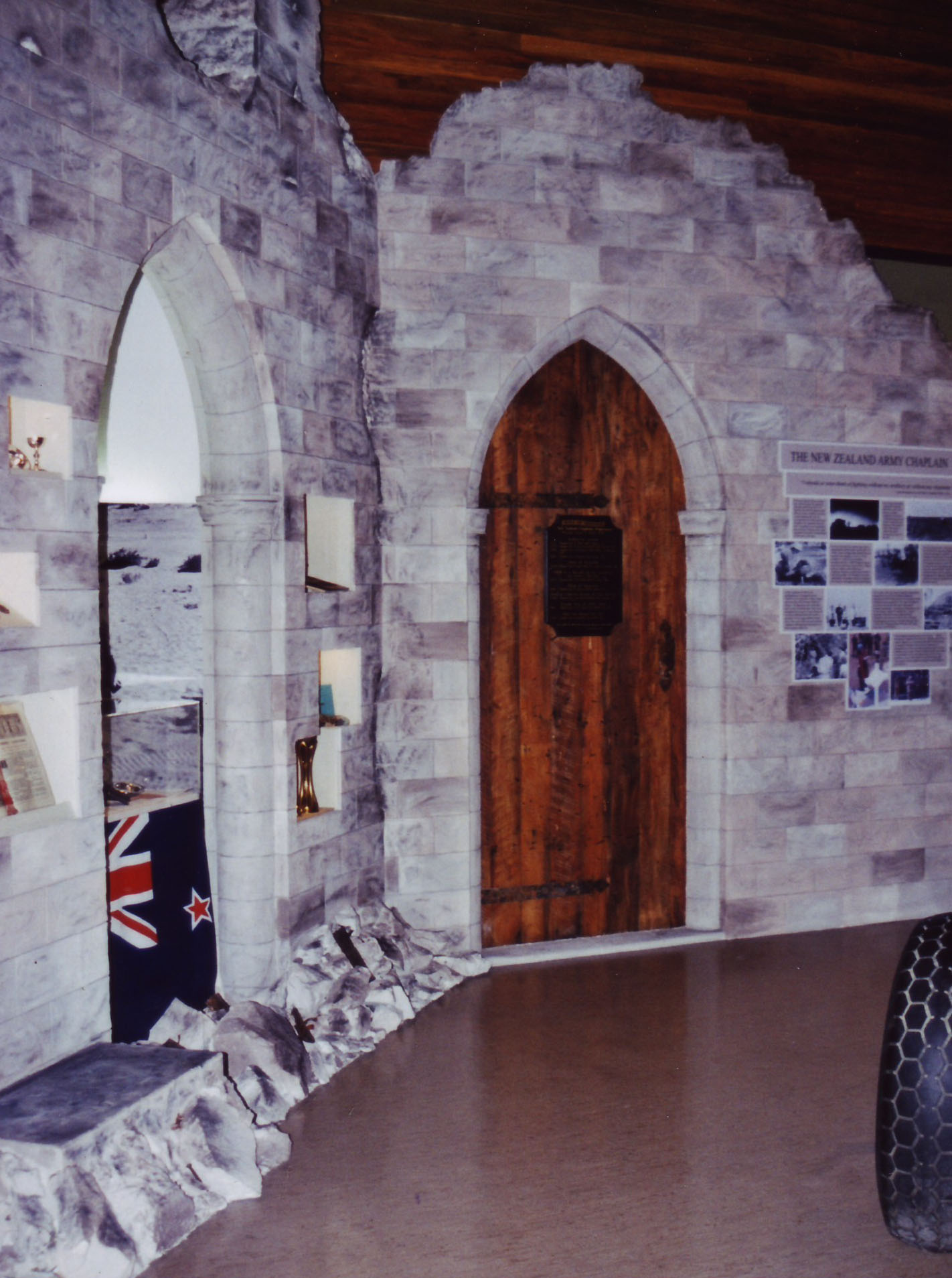Passchendaele –A Descent into Hell, 25th Anniversary of the National Army Museum
The National Army Museum wanted to make a big impact with their 25th Anniversary exhibition. They chose the battle of Passchendaele, one of the grimmest episodes in our military history. Juliet crafted a multidimensional, multisensory experience, creating an "extremely moving" exhibition. The exhibition was introduced by banners that flanked the entry ramp to the museum. On these banners were the 1149 names of the soldiers whose bodies were never found in the mud. Visitors began to understand the devastation to our nation. Each banner was translucent, with an opaque white cross. The white cross became the symbol for the exhibition. It was repeated in 6 vertical “coffin cases” which told the stories of young lives lost at the front. A mud-scape of shell-hole and trench, & the everyday artifacts, and personal souvenirs of war, and a soundscape of soldier's diary readings, bought the horror of Passchendael to life. The exhibition was a resounding success, and subsequently travelled to Belgium.
Wairau Bar Gallery, Marlborough Museum
The Marlborough Museum and Historical Society hold one of New Zealand's seminal collections of early maori artifacts. In 1300 the Wairau Bar was one of our biggest settlements, with substantial fishery and adze production. The display is entered through a pare, and visitors walk over a flowing fibre optic recreation of the river system that supported life on the Wairau Bar. Three plain river waka are mounted on a simulated shingle bank, and behind this is a large mural showing the open landscape of the Bar. "Cloud" cases float across the sky of the mural. Each case contains artefacts relating to daily survival on the bar; shelter, food gathering, cooking, adornment and ritual. Visitors can imagine what it was like to live on the Bar, before viewing the comprehensive collection including adzes, fishhooks, textiles, pendants and rare early maori artifacts.
POW display
When the Army Museum needed a searchlight for its P.O.W. display they were dismayed at the prospect of employing an expensive lighting consultant. Juliet suggested instead that they look for a small second-hand motor and attach a light to it. The technician walked across the road to the car wreckers, bought a windscreen wiper motor, increased the resistance so it slowed down a bit, and attached a light bulb. The result is an eerie rhythmic sweep of light, which casts a barbed-wire shadow right across the top of 10m high walls, greatly adding to the atmosphere of the P.O.W. display and the whole gallery. It's easy to create a great effect with an unlimited budget. It takes a bit of lateral thinking and ingenuity to do so with limited resources.
Worsley Display
At the Akaroa Museum Juliet was given an awkward wall, with a fire alarm box and all the lighting and temperature controls, on which to put up a display about local hero Captain Frank Worsley. The main artefact was a very large and fragile ensign. To allow access to the fire alarm and to fit the ensign in the space Juliet designed an undulating display case that was hinged at the top, and tilted back on an angle. She then backlit the sailcloth behind the ensign case, using ordinary fluorescent light fittings. The final affect gives the impression the ensign is flying, and draws the visitor’s eye right down the gallery, to one of the world’s most incredible stories of navigation and survival.
Chaplain's Display, National Army Museum
Juliet made great use of a tight corner space at the Army Museum, by placing a wall diagonally across the corner to incorporate the chaplain’s display. A curved backdrop behind the arch gives the illusion of a larger space.




